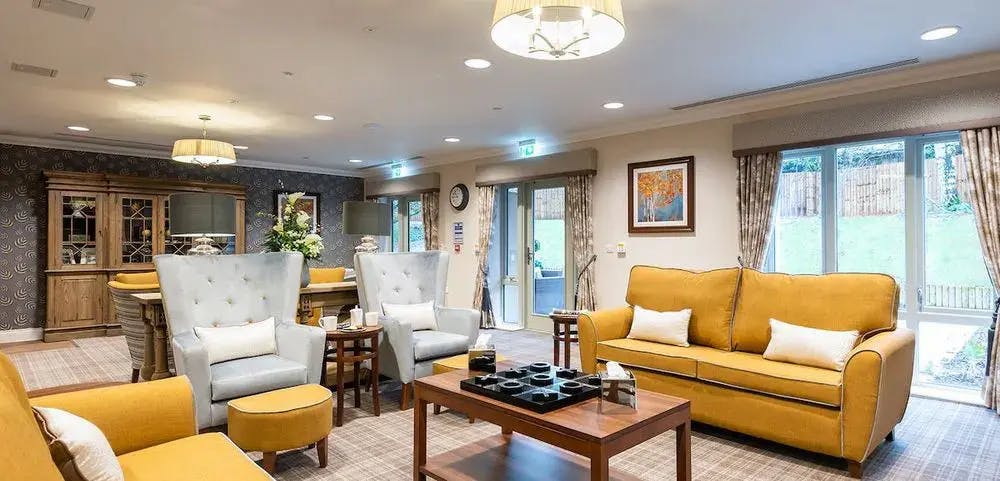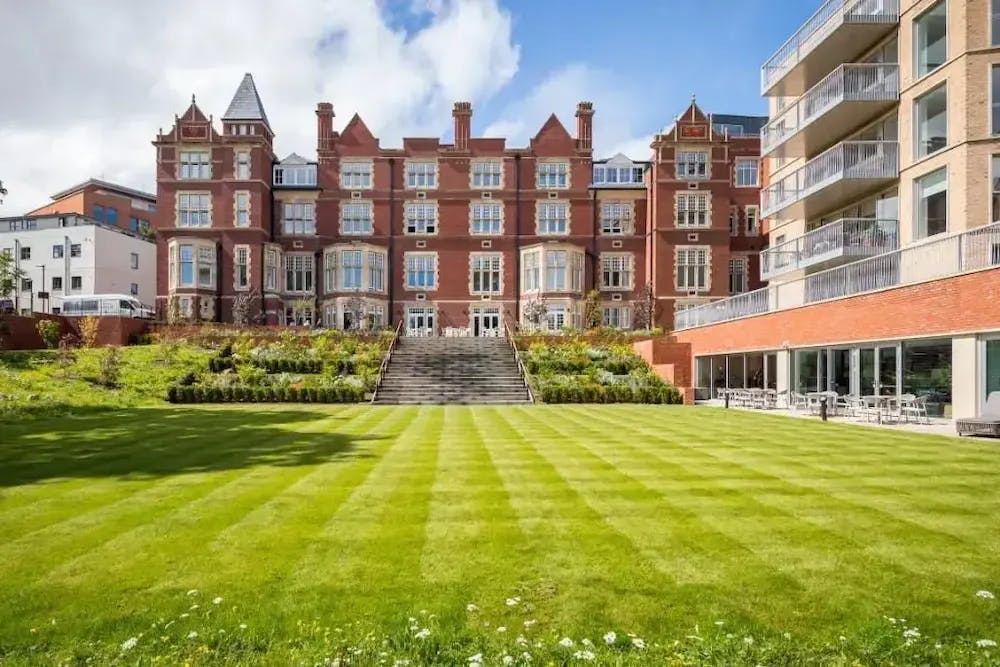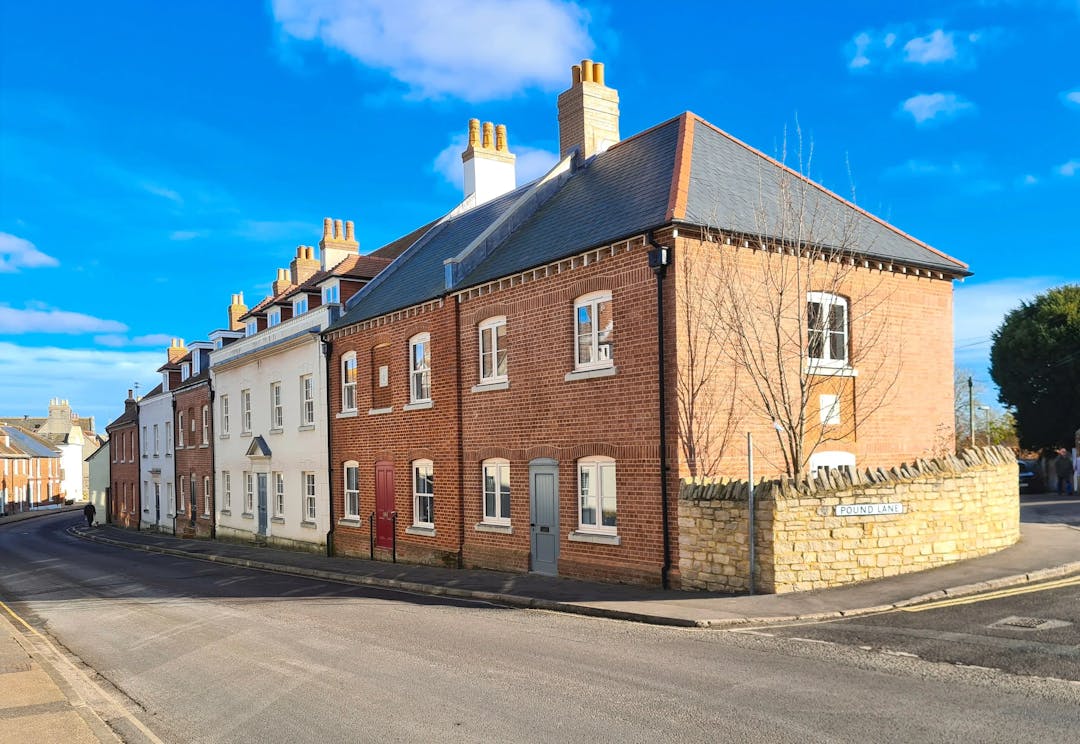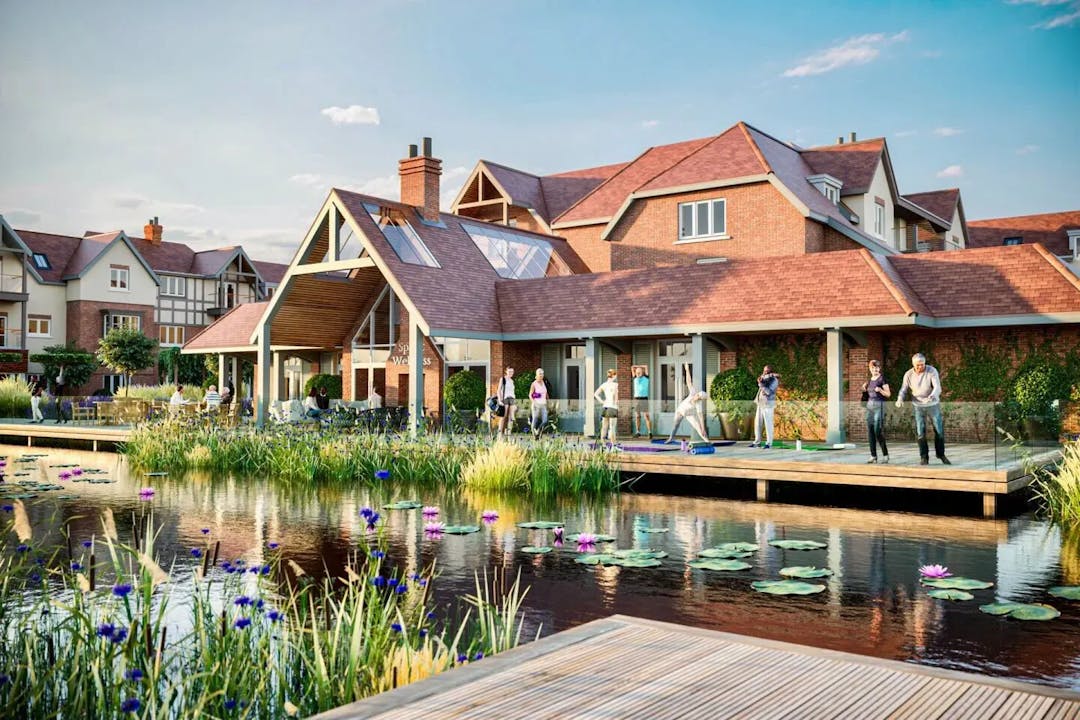What is Sheltered Housing? Supported Living For Older Adults

Estimated Reading Time: 7 minutes
Specifically built for older adults to buy or rent, sheltered housing is similar to retirement housing, but offers more conventional property options and is usually aimed at a smaller number of residents.
The main goal of sheltered housing is to allow older or disabled people to remain independent, while still having access to help and support whenever it’s needed. If you or your loved one have an accident, round-the-clock support staff will quickly be on hand to aid and assist.
In this article, we’ve looked at what sheltered housing is, how much it costs, advantages and disadvantages, and the different options to rent or buy.
Where would you like to live?
Browse the best retirement homes near you through Lottie.
In this article:
- What is sheltered housing?
- Advantages and disadvantages
- Buying sheltered housing
- Renting sheltered housing
- Where to find sheltered housing
What Is Sheltered Housing?
Sheltered housing refers to purpose-built property developments with extra support for older people. Properties could be one, two or three bedrooms in the form of a flat, apartment, retirement bungalow or something similar. They’re self-contained, meaning you’re able to live independently in them (though staff can still provide support if required).
One of the main reasons for older adults moving into sheltered housing is the onsite help that caters to whatever needs residents may have. This includes:
- Dealing with emergencies
- Building and equipment maintenance
- Fulfilling wishes and often organising activities, much like that of an activity coordinator
Round-the-clock care and personal care services are usually offered as well. Rooms will often have emergency alarm systems so help can be quickly provided.
There’s usually a minimum age requirement - often 55 and over. This varies from development to development though. The minimum age could be slightly higher e.g. 60+ or 65+.
Common features
Here are some of the common features you can expect to find in the majority of sheltered living developments:
- Self-contained properties within a single development where residents have access to the majority of facilities and support they’d need on a day-to-day basis
- Communal facilities where social activities and general socialising can take place (such as places like gardens and lounges). These social activities could include things like a gardening club, book clubs, bingo, film nights, coffee mornings or anything else residents may wish to get involved in
- Facilities for practical use like a laundry room can also be found
- Onsite support staff who are available to provide assistance whenever it’s required. Support staff often takes the form of a warden or a similar type of manager. These site managers are also in charge of things like building maintenance and generally making sure residents' needs are taken care of
- Guest rooms for family members and friends to stay in when visiting
We can help you find the perfect UK retirement home. Use our free service to filter by location, price, the facilities available, purchase type and more!
Advantages of Sheltered Housing
- Support is available, often located onsite or nearby and available around the clock. This support means you and your loved ones won’t have to worry about emergency situations as much
- This type of accommodation - along with things like retirement villages and warden-controlled housing - allows you to live independently in a property, without having to worry about being unable to stay on top of everything
- Onsite security is often offered as well. This makes sheltered accommodation safer than many forms of conventional housing
- Communal facilities such as stylish lounges and idyllic gardens provide a brilliant opportunity for other residents to socialise
Disadvantages of Sheltered Housing
- There can be lengthy waiting lists to be accepted into a scheme. These waiting lists are usually longer when renting through a council or charity than when privately renting or buying
- If you live in a more rural area then there might not be as much choice. Similarly, there are often more retirement living options in South East and South West England than in the north of the country
- Some care needs may be too much for what sheltered housing can offer e.g. if you or your loved one have specialist needs like those catered for in a dementia care home
- Though very necessary, service charges often put people off. When combined with rental costs, they can make sheltered housing too pricey an option for many
When You Buy Sheltered Housing
Though sheltered housing is usually rented through a council or similar organisation, it’s more commonly privately bought.
This type of supported living is typically sold on a leasehold in the UK. Though in Scotland, it’s sold as a freehold, meaning you’ll outright own the property and the land it’s built on.
If you’re considering purchasing a leasehold property, be sure to check if there are any deferred management fees and if there are any clauses that would make it difficult to sell or leave to somebody in your will.
Though sheltered housing isn’t linked to the Care Quality Commission or Care Inspectorate, there are some things you can check for assurance and to know you’re entering into a respectable scheme, including:
- Whether the developer is registered with a regulatory body like the National House Building Council or is covered by the Sheltered Housing Code
- Whether the management group is associated with a recognised trade body such as the Associate of Retirement Housing Managers or ARCO
If you need anything clarifying, the Elderly Accommodation Counsel can provide information surrounding sheltered housing, including things like shared ownership schemes.
When You Rent Sheltered Housing
Renting is the much more common method for living in sheltered housing, rather than buying.
When renting sheltered housing, there are two main options:
- Renting through a council or housing association
- Renting privately
We’ve gone over these two methods for renting sheltered housing below.
Council or housing associations
Most sheltered housing is available to rent through organisations like local councils, charities and housing organisations.
When renting this way, you might be placed on a fairly long waiting list. Exactly how long you’ll have to wait partially depends on how much of a priority you’re classed as. Priority is based on things like whether you have a long-term illness or if you need to move because of a disability. Councils usually have documents explaining their housing allocation schemes - and you’re entitled to ask for one of these.
Rent will be set at an affordable rate - often below that of normal market prices in your area.
Private
Though much less, some sheltered housing can be privately rented. When you rent privately, there isn’t normally a huge amount of criteria you have to meet. Often, the only piece of criteria is a minimum age threshold - most commonly 55+ or 60+.
The big advantage of privately rented sheltered housing is shorter waiting times.
The nature of private renting means there’s a good chance you’ll pay more when heading down this route. Rent is normally paid at a similar rate to similar properties in your area.
Where to Find Sheltered Housing
One of the easiest ways to find and apply for sheltered housing is through GOV.UK. All you need to do is enter your postcode and you’ll be directed to your borough council or local council website. From there, you can enquire about what options are available locally.
You can also use Housing Care’s directory to find sheltered housing across the UK.
Sheltered housing can either be rented or purchased (with renting being the more common option). Providers of sheltered accommodation include local councils or authorities, charities, housing associations and private organisations.
Retirement living developments offer secure, vibrant and luxurious housing with state-of-the-art facilities for older adults. Request a free retirement living shortlist and we’ll recommend retirement properties matching your budget, location and desired facilities.




